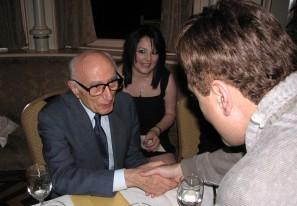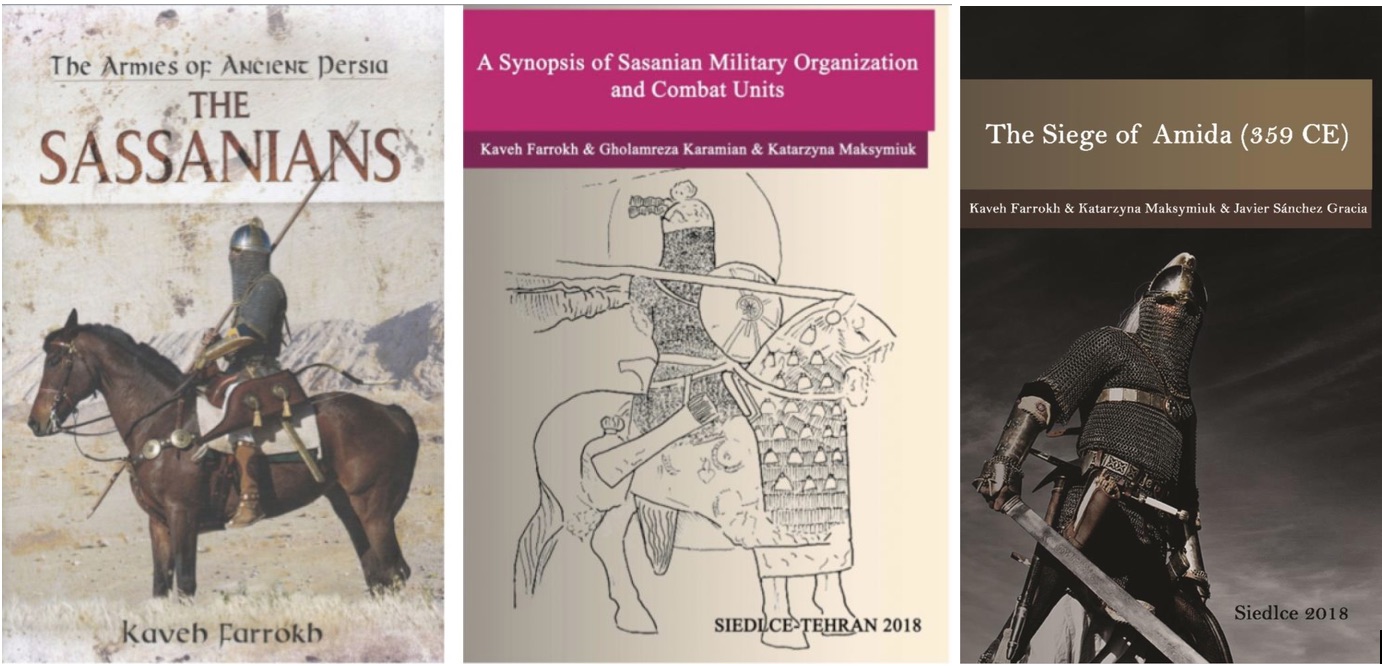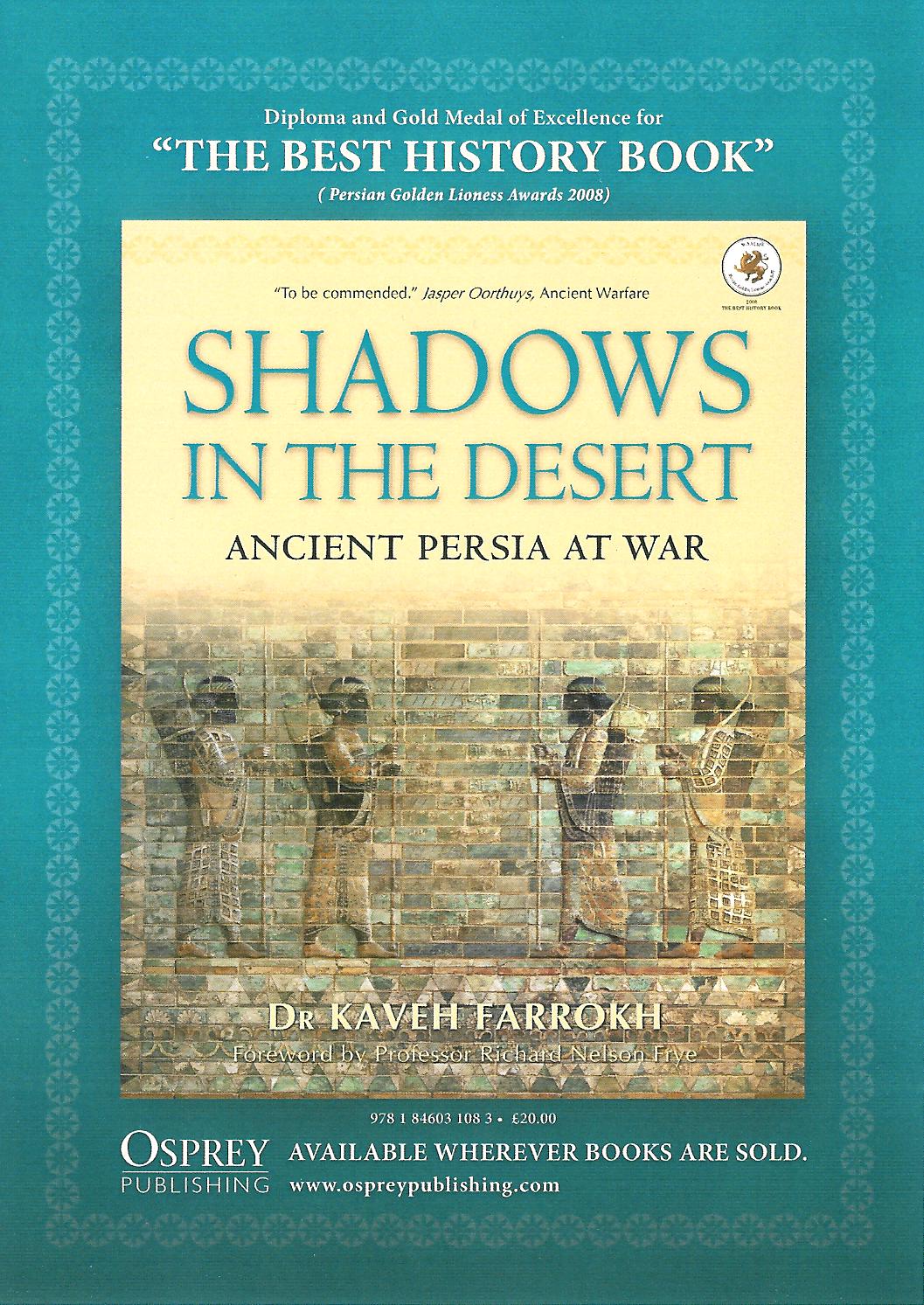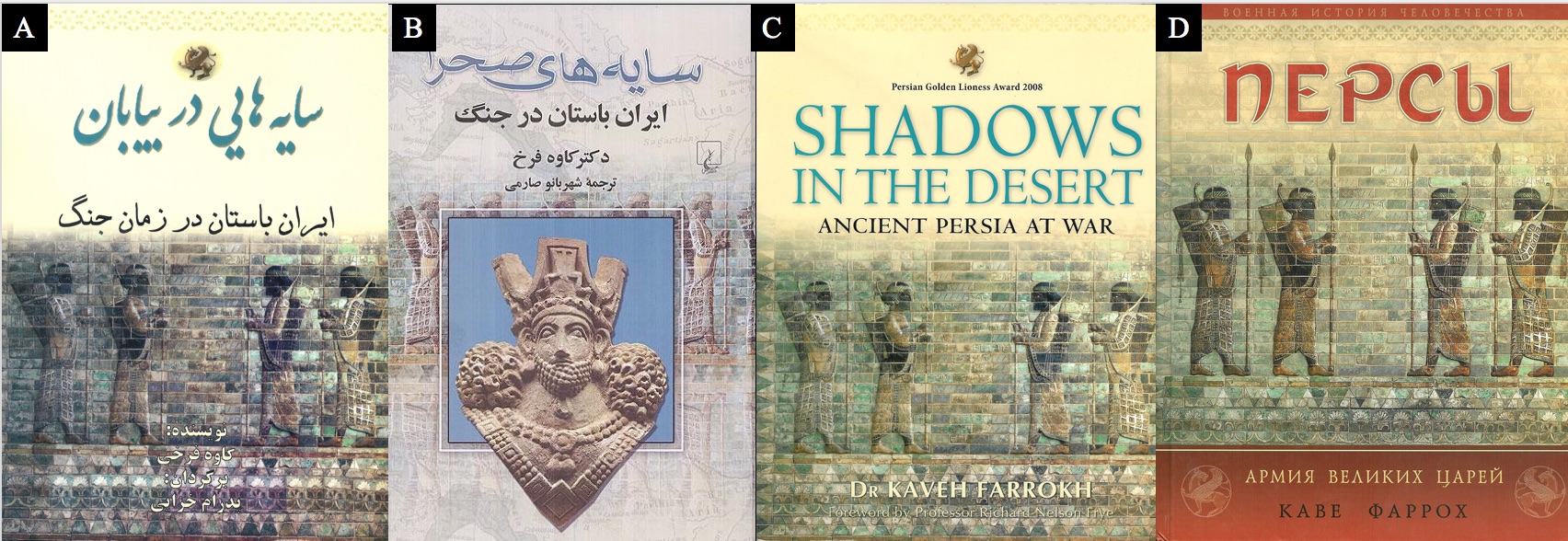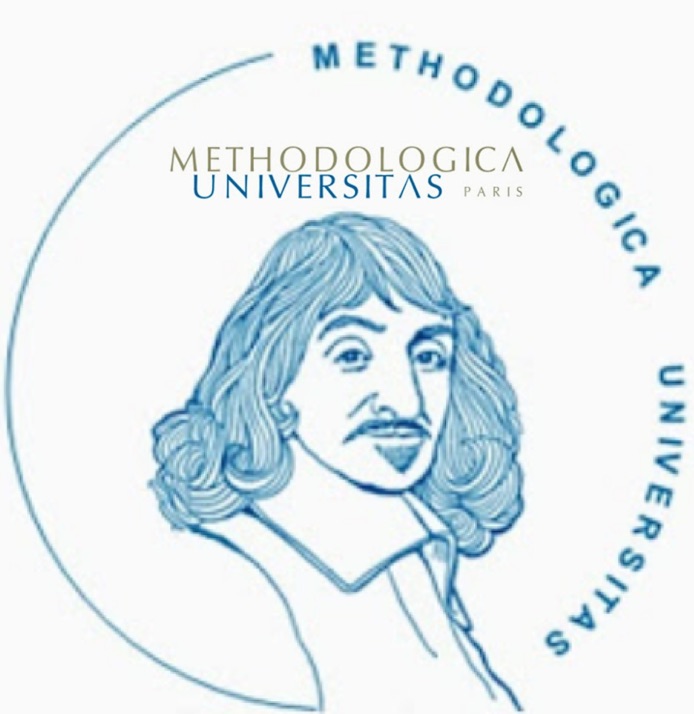Kaveh Farrokh is offering two new courses for the of Fall 2018 at the Paris-based Methodologica Universitas at the Départment de Méthodologie des Sciences Historiques. See also the Institution’s Encyclopedic project:
Analytica Iranica: The Multidisciplinary Journal of Iranian Studies … Kaveh Farrokh is one of the Academic Advisors of this Encyclopedia project …
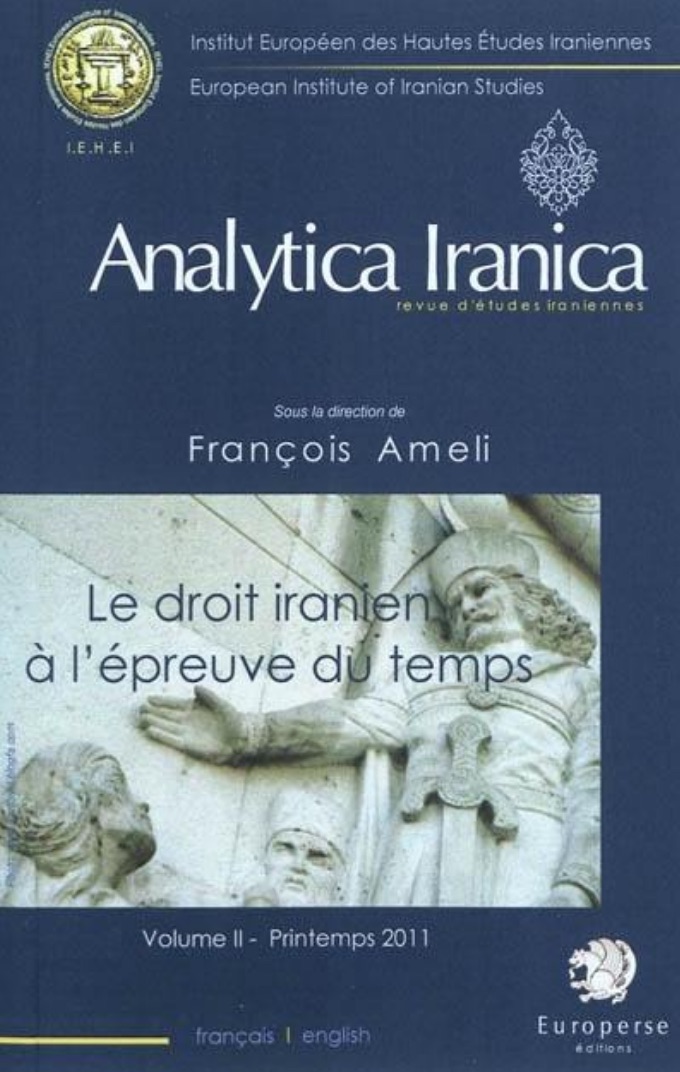
The first of these is the first course offered on the military history of ancient Iran or Persia:
Course HIS/CP/202: The Military History of Ancient Iran: 559 BCE-651 CE The course description for the above is as follows (HIS/SP/202): This course examines Iran’s pre-Islamic military history with respect to political relations, wars, battles with Greece, Rome, Central Asia. These topics are examined in the Achaemenid (559-333 BCE), Parthian (250 BCE-224 CE) and Sassanian (224-651 CE) epochs. Methodology of the course utilizes scientific methodology in archival analysis (primary and secondary sources), numismatics (study of coins), archaeological analysis (analysis of equipment and technology), and statistical methodology (e.g. compiling data for analysis, factor analysis, etc.). The strengths and weaknesses (military, political and social) of each dynasty is examined up to the downfall of ancient Iran to the Arab conquests of Iran (637-651 CE). Detailed analysis is made of developments from the early Achaemenid era to the end of the Sassanian era with respect to equipment, technology, military architecture, military doctrine, and martial culture. Influences upon and from Greece, Rome, Central Asia and Eastern Europe are also examined. The course concludes with a survey of post-Islamic sources reporting of the extensive military literature pertaining to Sassanian weapons and tactics (battlefield tactics, siege craft, etc.) and its influence upon Islamic warfare. Kaveh Farrokh meeting the late Professor Ehsan Yarshater (1920-2018) during the Honoring ceremony for the late Professor Emeritus Richard Nelson Frye (1920-2014) in the Greater San Francisco area in 2008. The second is a comprehensive course on the History of ancient Iran or Persia, which will incorporate modern research and academic methodologies incorporating anthropology, archaeology, the study of sources, numismatics, etc: Course HIS/CP/203: The History of Ancient Iran: 559 BCE-651 CE [Fall 2018, Methodologica Universitas, Départment de Méthodologie des Sciences Historiques] – Click here for Registration Information Three Books published in 2017-2018 on the military history of Ancient Iran or Persia (from left to right): The Armies of Ancient Persia: the Sassanians (2017; see book review by the Military History Journal in 2018); A Synopsis of Sassanian Military Organization and Combat Units (Kaveh Farrokh, Katarzyna Maksymiuk & Gholamreza Karamian, 2018); and The Siege of Amida (Kaveh Farrokh, Katarzyna Maksymiuk & Javier Sánchez-Gracia, 2018). The course description for the above is as follows (HIS/CP/203): Course begins with the pre Indo-European era of ancient Iran and the rise of proto-Iranian peoples and arrivals onto the Iranian plateau. Recent archaeological works and research of pre Indo-European Iran, such as the Burnt City and Elam are surveyed. This is followed by detailed historical surveys of the three epochs of ancient Iran: Achaemenids (559-333 BCE), Parthians (250 BCE-224 CE) and Sassanians (224-651 CE). Course material is integrated with methodology utilizing scientific methodology in archival analysis (primary and secondary sources), numismatics (study of coins), archaeological analysis (analysis of equipment and technology), and statistical methodology (e.g. compiling data for analysis, factor analysis, etc.). The political relations and cultural exchanges of the Achaemenid, Parthian and Sassanian dynasties with the Greco-Roman, Central Asian, Indian subcontinent, Caucasian, European and Chinese realms are examined. Each epoch is also examined with respect to developments in legal systems, societal development and the role of women, the arts, architecture, learning, medicine, technology, theology and religious philosophy, communications, shipping, commerce and the Silk Route. [Above] Kaveh Farrokh’s second text “Shadows in the Desert: Ancient Persia at War-Персы: Армия великих царей-سایههای صحرا-Independent Book Publishers’ Association (Benjamin Franklin Award) among the top finalists for the Best textbooks of 2008. has been recognized by world-class scholars such as the late Professor Emeritus Richard Nelson Frye (1920-2014), Harvard University, Dr. Geoffrey Greatrex, Department of Classics and Religious Studies, University of Ottawa, Dr. Lloyd Llewellyn-Jones, School of History, University of Edinburgh and Dr. Patrick Hunt. The book was reviewed in the world-class academic (peer-reviewed by top Iranian Studies scholars) Iranshenasi journal in 2010: Shadows in the Desert: Ancient Persia at War, by Dr. Kaveh Farrokh. Iranshenasi, Volume XXII, No.1, Spring 2010, pp.1-5 (see document in pdf). [Below] Translations of Shadows in the Desert [A] Persian translation by Taghe Bostan Publishers (2009) [B] Persian translation by Qoqnoos Publishers (2009) [C] the original textbook (2008) and [D] Russian translation by EXMO Publishers.